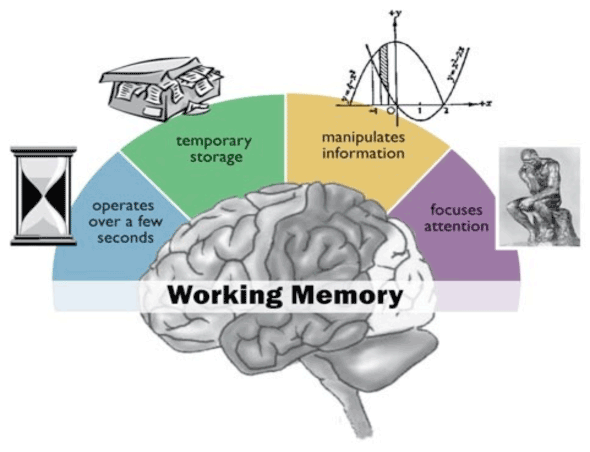We are exposed to hundreds, thousands of informations in a day. We receive these informations either consciously or subconsciously. Actually we are recording everything but we don’t aware of everything we recorded. The question is how our brains process this work. Our brain decides that which messages will be stored in which way. We do it unconsciously. Some of the messages stored as a short term (working memory), some of them as a long term memory. That’s why we remember some of the things and some of them not. Our brains have a great power to process them in miliseconds that we can’t realize.
Researches tell us that an adult brain is able to store 5-9 “chunks” of information within the short term, working memory. So that it is hard to remember everything we recorded later. Although our brain is such a complex system, it tends to get simple information which is familiar to it. That’s why simple always works.

Cognitive Fluency:
I don’t know if you heard this term before but let me explain. The brain prefers to think about the things that are easy to think about. The scientists call it as “cognitive fluency”. And that’s why simplicity always works. The more familiar we are with something, the more we like it. (Zajonc, 1968). So if you design a website, first you should think about the prototypes of it. What’s prototype? – Prototype is the basic colors, images that our brains create (girl=pink, boy=blue etc. ). But it doesn’t mean that every aspect of your site should fit that mold. I mean, if you create an e-commerce website for example, you should compare it with other e-commerce sites nearly have the similar topic. You should observe which sites your audience like or not and also observe why they like it or not.
It is important to know what design choices are prototypical for your website but it is more important to know that one size doesn’t fit all. You can not apply all the companents same with the prototypes. Your audience should find some evidence to support your design, ideas. Why should your audience visit your site? or why should they have shopping from your site instead of X site. You should answer these questions first.
Avoid from image sliders:
Many websites include image sliders to display offers, products etc. Yet, studies show that automatic sliders do not work. Let’s take a look why image sliders don’t work:
1) Human eye react to eye movement. So many of stuffs may be missed )
2) too many messages = no messages
3) Some image sliders look like banner, advertising. People skip them mostly.
4) Users needs to be in control. More complexity causes a bad perception and users don’t know where to go.
I don’t mean image sliders don’t work totally. The sliders which are in control of users may be good. Because users can change the slider in a time they wanted to. However, for automatic sliders we can not say that as it is out of control and may cause to miss the message.
We know our brains are so complex but it doesn’t mean that they require complexity. All they need is simplicity vice versa. So that, avoid from complexity and be simple, think simple.
Source:
http://soshitech.com/
http://en.wikipedia.org/wiki/Working_memory





